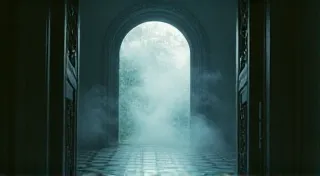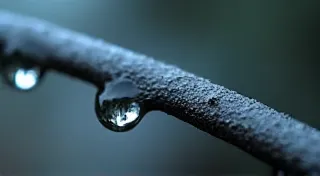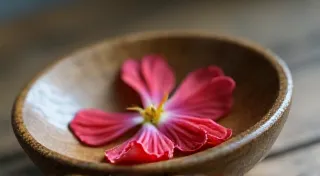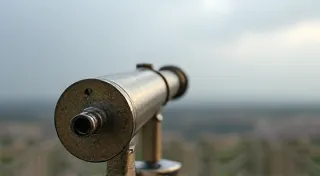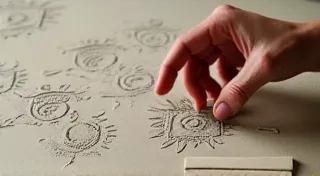The Gilded Cage: Unmasking Victorian Sentimentality in Antique Animal Mounts
There's a peculiar beauty, and perhaps a touch of melancholy, that clings to antique taxidermy. It’s more than just a preserved animal; it's a window into a lost era, a time when scientific curiosity danced a strange waltz with profound sentimental values. For those of us drawn to these relics, the task of identifying and understanding them becomes a journey of historical discovery, a chance to connect with the lives and minds of those who created and cherished them. To truly appreciate these ‘animal mounts’ is to understand the gilded cage that held them – the Victorian sentimentality that shaped their form and meaning.
My own fascination began with a dusty, forgotten shop on the outskirts of my hometown. Amongst chipped porcelain dolls and tarnished silverware, I saw it: a fox, posed mid-leap, eyes fixed on some imagined prey. The craftsmanship was undeniably remarkable, yet there was something unsettling, something poignant, about its frozen moment. It wasn't merely an accurate representation of a wild creature; it was a carefully constructed narrative, a miniature drama staged for an audience long gone.
The Rise of Victorian Taxidermy: Science and Sentiment Entwined
The Victorian era (roughly 1837-1901) witnessed an unprecedented surge in natural history study and, consequently, in taxidermy. Scientific expeditions brought back specimens from far-flung corners of the globe, fueling a public thirst for knowledge about the natural world. Museums flourished, showcasing these treasures of the animal kingdom. However, it wasn't solely about scientific documentation. The era was steeped in a complex blend of mourning rituals and an appreciation for the beauty of the natural world.
The loss of loved ones was a constant reality in Victorian society, and elaborate mourning practices became commonplace. Photography, nascent and often imperfect, provided a fragile record of the deceased. Taxidermy offered a more tangible, arguably more lasting, connection to those who were gone. Ironically, pets, too, were often preserved, creating an unsettling but understandable desire to hold onto cherished companions beyond the boundaries of life.
This peculiar fusion of scientific inquiry and sentimental mourning profoundly influenced the way taxidermy was practiced. Animal mounts weren’t simply representations; they were carefully posed narratives, designed to evoke emotion and tell a story. The very act of preservation became a form of memorialization, a way to defy the inevitability of decay. Understanding the role of visual records during this time is key; even early, imperfect photography served as a crucial link to memories of the departed.
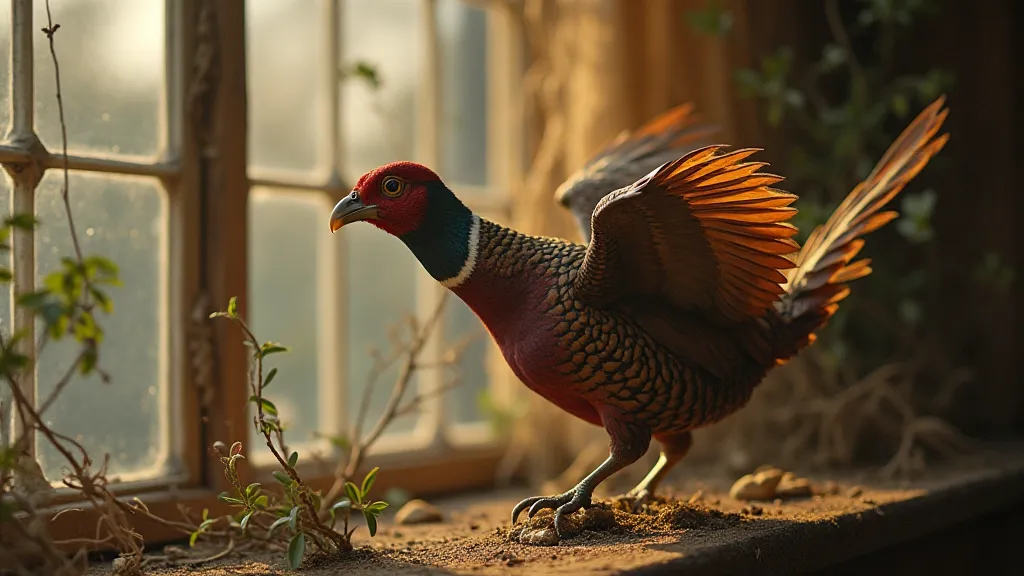
Identifying Key Features and Historical Context
So, how does one begin to identify an antique taxidermy specimen? Several factors come into play, from the species itself to the style of mounting and the materials used. The era of creation significantly impacts the level of realism and artistry.
Early Victorian (1837-1860s): These mounts often display a certain stiffness and formality. Anatomical accuracy was prioritized, but artistic flair was often secondary. The use of wire armatures was common, sometimes protruding noticeably. Glass eyes, while present, were often less refined, with a somewhat "dead" appearance. The focus was on a respectable, dignified presentation. The impact of these early techniques shaped the aesthetic trends for decades to come.
Mid-Victorian (1860s-1880s): This period marks a golden age for Victorian taxidermy. Mounts became more dynamic, with greater attention paid to posture and expression. The use of "rocking armatures” – flexible wire structures allowing for more natural movement – became prevalent. Glass eyes improved dramatically, capturing a more lifelike sparkle. Dioramas, elaborate staged environments replicating the animal’s natural habitat, became increasingly popular. During this period, the focus shifted from mere preservation to crafting a visual narrative, effectively creating a miniature theater of the wild. It’s fascinating to consider how these staged scenes influenced perceptions of wildlife and their habitats, a theme further explored in articles considering the role of visual records and their impact on understanding the world. For those interested in the nuances of how habitats were represented, the whispers of the wild offers a deeper dive into regional variations and their impact.
Late Victorian (1880s-1901): A move towards greater realism and a subtle shift away from overt sentimentality began to emerge. Mounting techniques continued to refine, but artistic choices often embraced a more scientific representation. The rise of photography also impacted the aesthetic, pushing towards greater accuracy in detail. Capturing not just the appearance, but also the *feeling* of a moment in the wild became increasingly valued.
Beyond the species itself – which can be determined through research and expert consultation – look closely at the materials. Early mounts often utilized dried moss, straw, and burlap for padding. Later mounts might incorporate more sophisticated materials like cotton batting and wire mesh. The quality of the glass eyes is also a key indicator. The type of paint used can also provide clues; older mounts may feature pigments that have faded or altered over time. The interplay of memory, visual representation, and the desire to preserve a moment in time is a recurring theme; the desire to see these preserved moments has influenced artists and hobbyists for generations.
The Craftsmen Behind the Gilded Cages
The Victorian era saw the rise of professional taxidermists, many of whom were highly skilled artisans. Some achieved considerable fame, their work commissioned by museums, wealthy patrons, and even royalty. Understanding the work of prominent taxidermists can greatly enhance the appreciation of a specimen. John James Audubon, while primarily known for his ornithological illustrations, also practiced taxidermy. Rowland Ward, founder of Rowland Ward Ltd., was a major supplier of animal trophies and a significant figure in the sporting and taxidermy world.
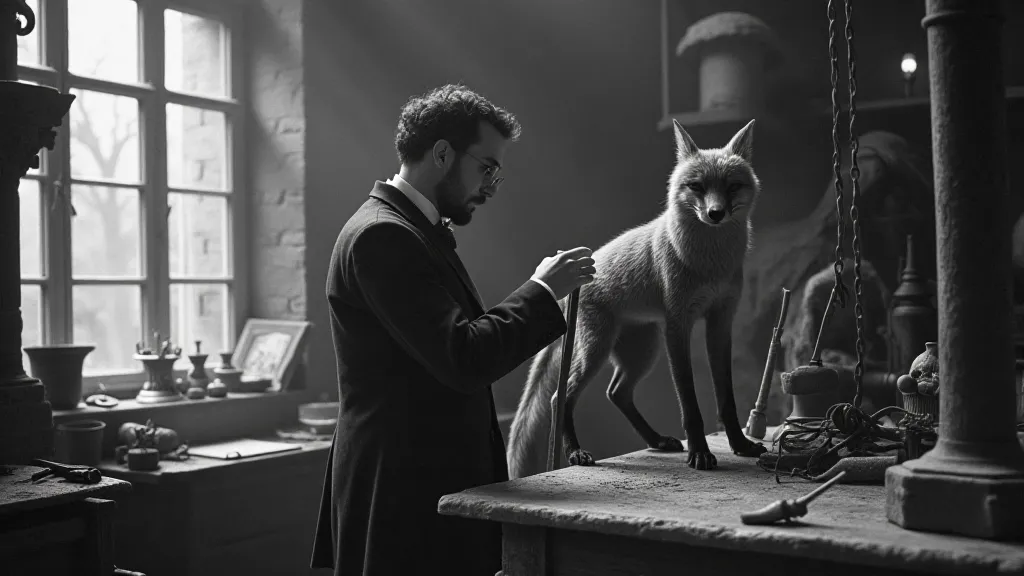
These men were more than just preservers of animals; they were storytellers, artists, and chroniclers of a specific time and place. Their skill lay not only in their ability to accurately replicate anatomical forms, but also in their ability to capture the essence of the animal’s character and its place in the natural world. The way their work became intertwined with the cultural memory of the age, and how those memories are themselves preserved through visual representations, is a captivating study. The idea that these images, once meant to evoke a specific moment and feeling, can now be seen as portals to the Victorian era resonates deeply.
Restoration and Collecting: A Delicate Balance
For those considering collecting antique taxidermy, it's important to approach the endeavor with respect and a deep appreciation for the historical significance of these pieces. Restoration is a delicate process and should be undertaken with extreme care. Over-restoration – attempting to make a piece look brand new – can diminish its value and historical integrity. Ideally, restoration focuses on stabilizing the mount, repairing structural damage, and cleaning without altering the original appearance. The desire to accurately represent the original environment is paramount.
Collecting antique taxidermy is a journey of discovery, a chance to connect with the past and appreciate the artistry of a bygone era. It is a tribute to the remarkable combination of science, sentimentality, and human ingenuity that defined the Victorian age – a chance to look beyond the preserved form and glimpse the gilded cage that shaped its existence. The interplay of observation, artistic interpretation, and the desire to create a lasting image is remarkable and fascinating, a testament to human creativity and the drive to capture fleeting moments in time. For those fascinated by the evolution of visual representation and its role in shaping perception, mirrors of memory explores how these visual records influenced our understanding of the Victorian era.
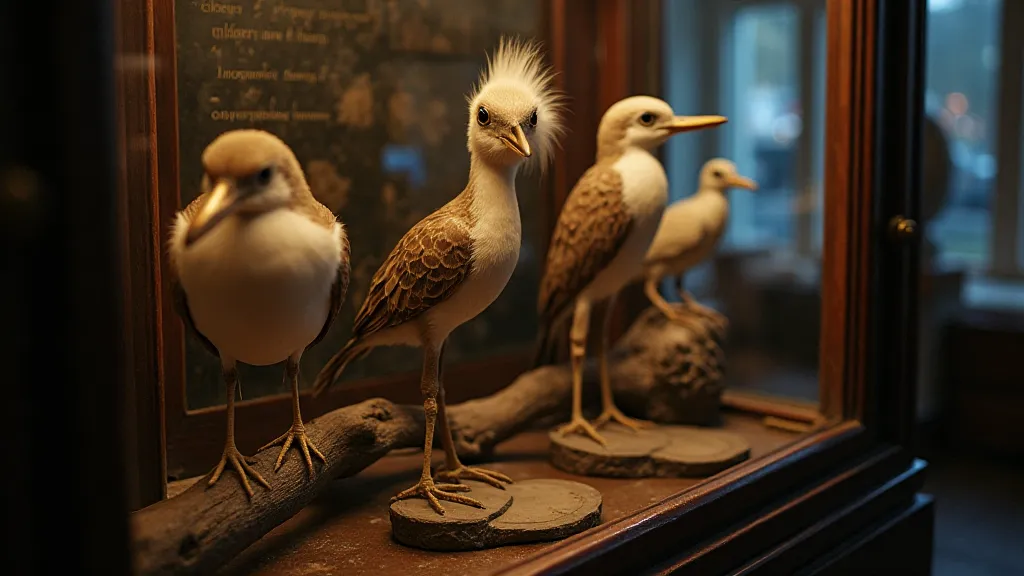
The subtle grace of a posed fox, the earnest gaze of a watchful owl, the vibrant plumage of a flightless pheasant—these are testaments to an era both fascinating and deeply human. They are more than just animal mounts; they are echoes of a time when the boundaries between science, sentiment, and artistry blurred, creating a legacy that continues to captivate and inspire. Tracing the origins and provenance of these pieces is a crucial element of appreciation, akin to unearthing fragments of a lost world; as such, the cartographer of stillness explores the often-complex process of tracking the history and origin of antique animal mounts.
Consider, too, the spectral quality that often surrounds these preserved creatures – the sense that they are frozen in time, forever suspended between life and death; the evocative power of these images often transcends the purely representational, creating a feeling of uncanny familiarity. It's easy to become lost in contemplation of the image - lost in its power and its poignancy. For those drawn to this element of visual evocation, echoes in glass-eyes delves deeper into the spectral presence of lost habitats and the emotional resonance of antique taxidermy.
